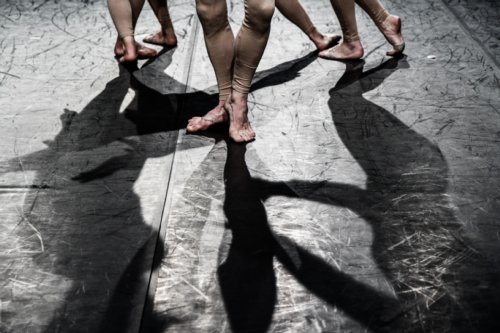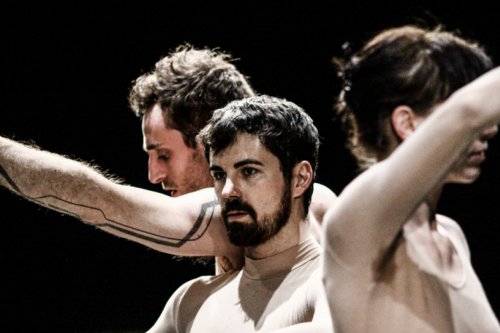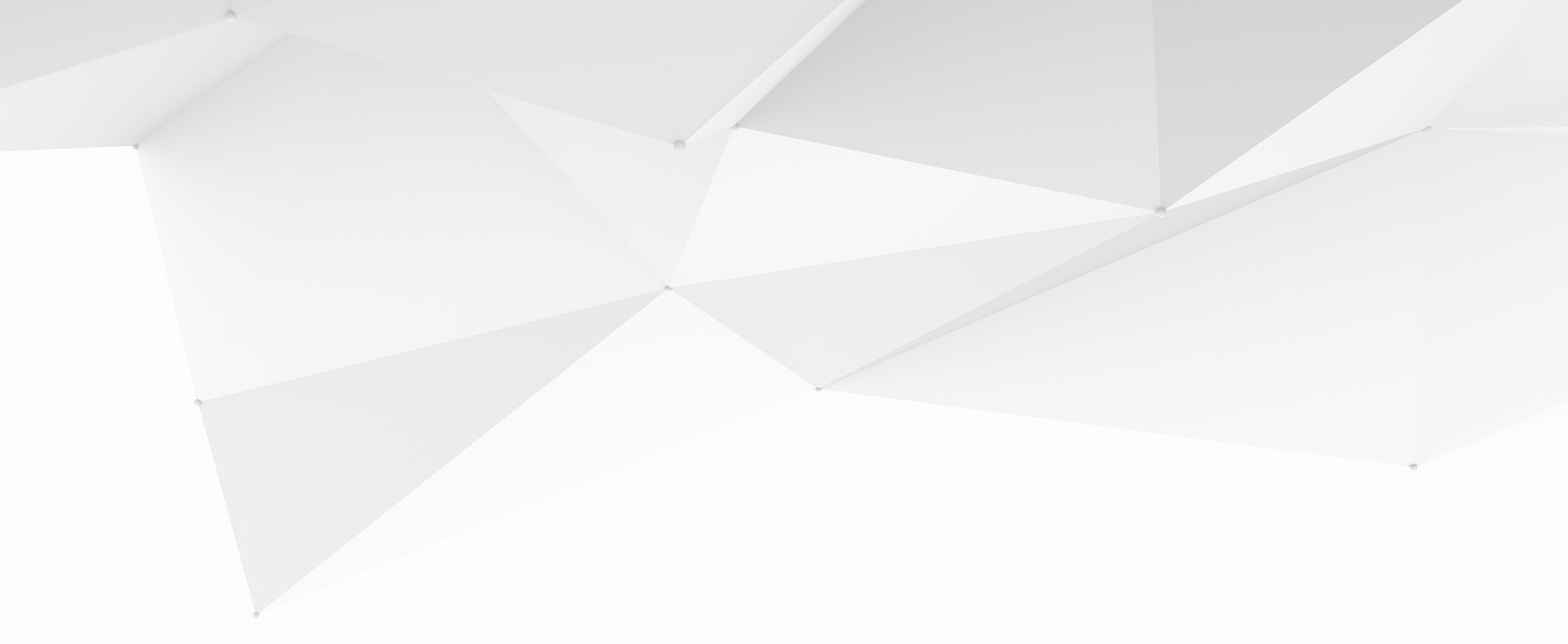30 & 31.10.2015 | 8:30 PM | WASP – WORKING ART SPACE AND PRODUCTION
Duration: 55 min
Concept & direction: Cecilia Lisa Eliceche
Practical & conceptual mentorship: Manon Santkin
Alternately performed by: Eveline Van Bauwel, Gilles Polet, Michael Helland, Tarek Halaby, Manon Santkin, Cecilia Lisa Eliceche
Music: Christophe Albertijn
Technical creation: Johanes Vochten
Research & creation: Michael Helland, Gilles Polet, Eveline Van Bauwel, Cecilia Lisa Eliceche, Steven Michel, Boglarka Borcksoc, Pablo Esbert Lilienfeld, Guiomar Campos Acosta, Elisa Yvelin
Production creation 2014: STUK (Leuven)
Production re-run 2015: wpZimmer (Antwerp)
Co-production: Workspacebrussels (Brussels), Vooruit (Ghent) with the support of Départs / European Commission (Culture Program) – residencies: STUK (Leuven), Workspacebrussels (Brussels), Vooruit (Ghent), wpZimmer (Antwerp), La Casa enscendida (Madrid), TAKT Dommelhof (Neerpelt)
For Unison, Cecilia Lisa Eliceche works with one of the best-known concepts in choreography: unisono, or the simultaneous execution of the same movement. She wonders whether or not we can think out a community on the basis of this classic, formal choreographic tool. Eliceche is interested in the way we experience, question and redefine being together in a society. Next to that, she tries to incorporate relevant ideas from feminist texts by Donna Haraway and Judith Butler into her dance.
Cecilia Lisa Eliceche studied ballet and contemporary dance at the Bahia Blanca conservatory, Real Conservatorio Profecional de Danza and P.A.R.T.S. in Brussels. Eliceche danced in work by (among others) Eleanor Bauer, Claire Croizé, Etienne Guilloteau, Ayelen Parolin, Eveline Van Bauwel, DD Dorvillier and Heather Kravas.
Eliceche is fascinated by the endless potential of the body and movement. As a choreographer she creates almost sculptural performances for the body which provide a sensual, physical answer to the rational, cool movement material of the classical ballet with which she grew up. Touch and its effect are central in her work. She draws inspiration from feminist theories as well as from the music and dance vibes of South America, such as tango, folklore and cumbia villera, a music style that originated in the slums of Argentina.


